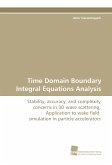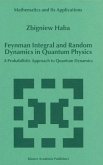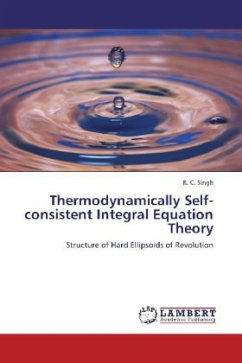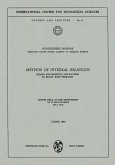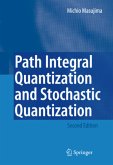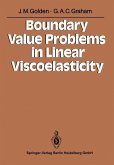The J-integral represents a way to calculate the strain energy release rate, or work per unit fracture surface area, in a material. The theoretical concept of J-integral was developed in 1967 by Cherepanov and in 1968 by Jim Rice independently, who showed that an energetic contour path integral was independent of the path around a crack. Later, experimental methods were developed, which allowed measurement of critical fracture properties using laboratory-scale specimens for materials in which sample sizes are too small and for which the assumptions of Linear Elastic Fracture Mechanics do not hold, and to infer a critical value of fracture energy JIc. The quantity J1c defines the point at which large-scale plastic yielding during propagation takes place under mode one loading. The J-integral is equal to the strain energy release rate for a crack in a body subjected to monotonic loading. This is true, under quasistatic conditions, both for linear elastic materials and for materialsthat experience small-scale yielding at the crack tip.
Bitte wählen Sie Ihr Anliegen aus.
Rechnungen
Retourenschein anfordern
Bestellstatus
Storno


